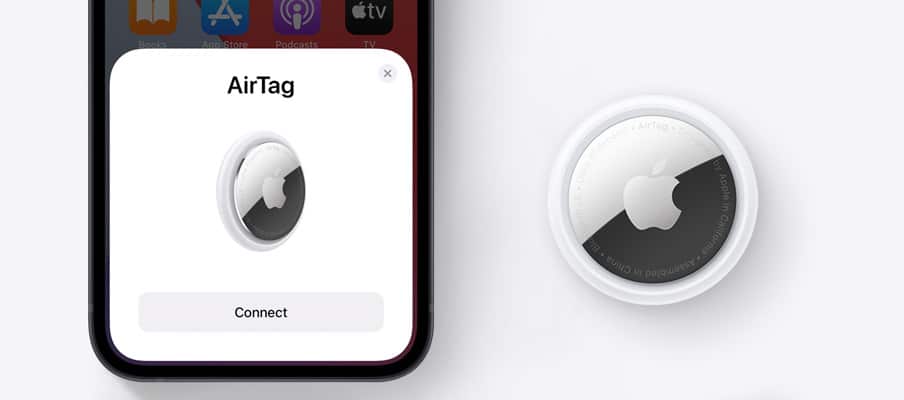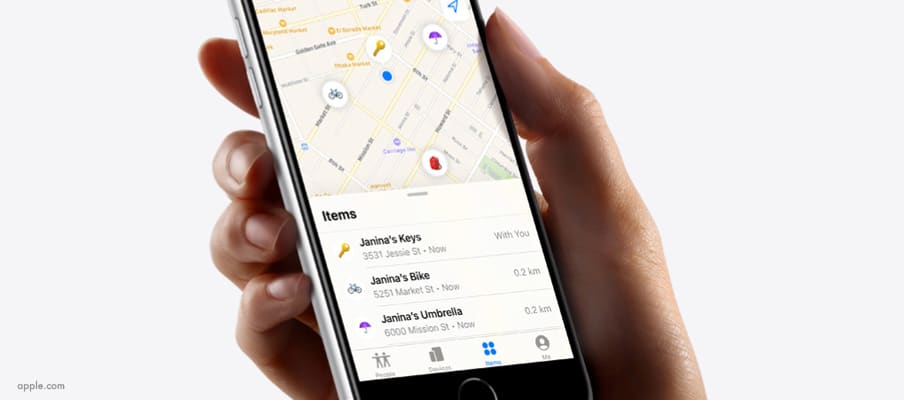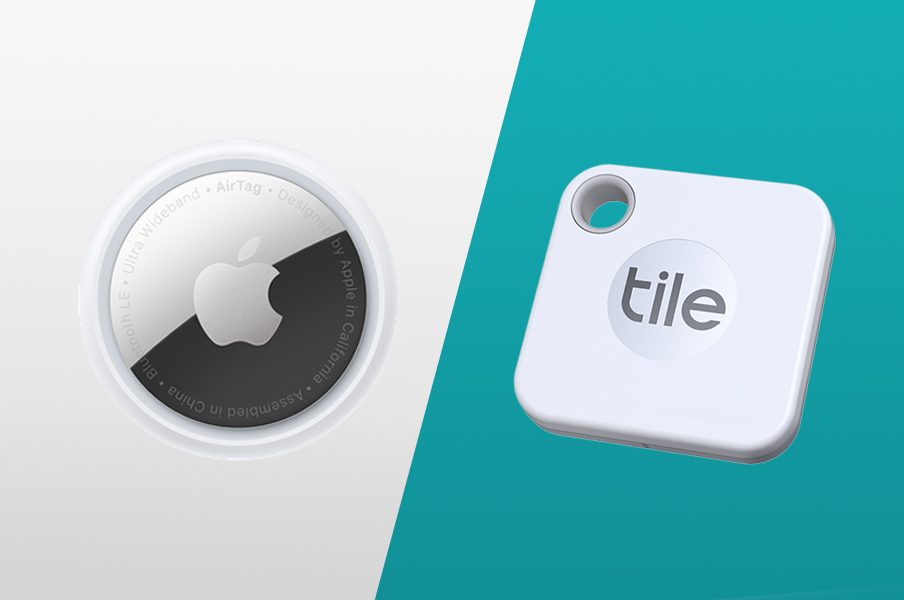The recent Apple drop brings us the first completely new product from the tech giant since the launch of Apple TV in 2007.
Apple AirTag is a battery-powered tracking device designed to help you find your valuables. Throw one on your backpack or attach it to your keychain, and your AirTag will appear in the Find My app.
Losing an iPhone or MacBook can be a nightmare if you aren’t connected to your ID on the app, but if you ever recovered a device successfully, you likely got on your knees, looked up to the heavens, and praised Steve Jobs.
Bluetooth trackers aren’t new technology, Tile and Samsung SmartTag already offer the same service, but Apple did include some new features to separate themselves from the pack. If you are already a loyal disciple of the Apple ecosystem, buying a 4-pack for $99 is a logical move.
Setting up AirTag
Possibly the most attractive aspect of Apple is each product’s ability to fit into your existing network of devices seamlessly. AirTag is no different. Open up the box; AirTag will chime, letting you know it’s ready to be paired with your iPhone. Hold it a few inches from your phone, and a notification will pop up and guide you through the process. Name your new tracking device and add it to your Apple ID. You will now view AirTag in the Find My App tab, new to the iOS 14.5 update.
Battery life has plagued Apple users, especially on old devices. AirTags are powered by a CR2032 battery (the little circle ones) and will last up to a year, so no worries regarding your new device’s ability to outlast the next couple of major software updates.

How it Works
AirTag offers multiple ways to find your missing accessories. If AirTag is located in another location, away from your home, you can view the last known location in the Find My App. When the lost mode is activated, your phone will notify you if your AirTag moves. The Apple network is the most significant advantage AirTag has over Tile. When AirTag is outside your immediate location, user’s searching for their lost belongings gain access to Apple’s network of over 1 billion devices pinpointing the location. Apple’s dedication to security keeps your location hidden from everyone (including Apple) using end-to-end encryption.
When your keys or purse is lost in the house, you can ask Siri or manually request AirTag to chime. If you aren’t able to hear the chime, users with iPhone 11 or greater have access to the precision locating feature, visually guiding you to your lost valuable. The Find My App gives you directions using an arrow pointing you in the direction of AirTag and distance in feet from the device.
The AirTag is equipped with Apple’s newish ultrawideband U1 Chip, iPhones after 11 also feature the hardware upgrade. Ultrawideband is similar to Bluetooth but allows for more precise short-range triangulation.
Tile will tell you the address of your lost keys, but because of their significantly smaller network and dependence on Bluetooth, it is not nearly as accurate or efficient as Apple AirTag.

Unwanted Tracking
While most people use trackers to find their keys or purse, some have more malicious intentions. Electronic trackers are commonly used to track people. Apple programmed the AirTag software to notify iOS or Android users when someone uses it to track them. If someone places an AirTag in your bag without your knowledge, you will receive a notification on your iPhone or hear the chime if you use Android.
The unwanted tracking feature is unique to AirTag and does reassure anyone with a crazy ex who is obsessed with getting their hands on all the latest Apple products. However, the feature needs work. Users report it doesn’t always work and can take up to 3 days to send the notification. As you can imagine, its Unwanted Tracking is even less dependable for Android users.
We do applaud Apple for including this feature in the first generation of AirTag. A simple tracking device would have been enough to get thousands, if not millions, of Apple users on board, but they choose to push the entire industry forward by adding more privacy features.
AirTag Vs. Tile
Apple AirTag is a superior product if you are operating in the Apple ecosystem. Android users can use a workaround to use AirTag but will have to rely on the Bluetooth connection and won’t have access to precision locating. Using Tile would be a considerable downgrade for iPhone users with a new phone running iOS 14.5. AirTag and Tile are about the same price, you can pick up a 4-pack for $100, but the Apple version has access to the Apple network and more advanced hardware.
We don’t see why Apple users would want to purchase a Tile unless they are operating an older iPhone. Tile is still a great product and much more compatible with Android users. Choosing between the two depends on your personal operating system. We do expect to see an upgraded version of Tile in the near future if they don’t want to lose a significant market share to Apple.
Like what we have to say? Sign up to subscribe to email alerts and you’ll never miss a post.










